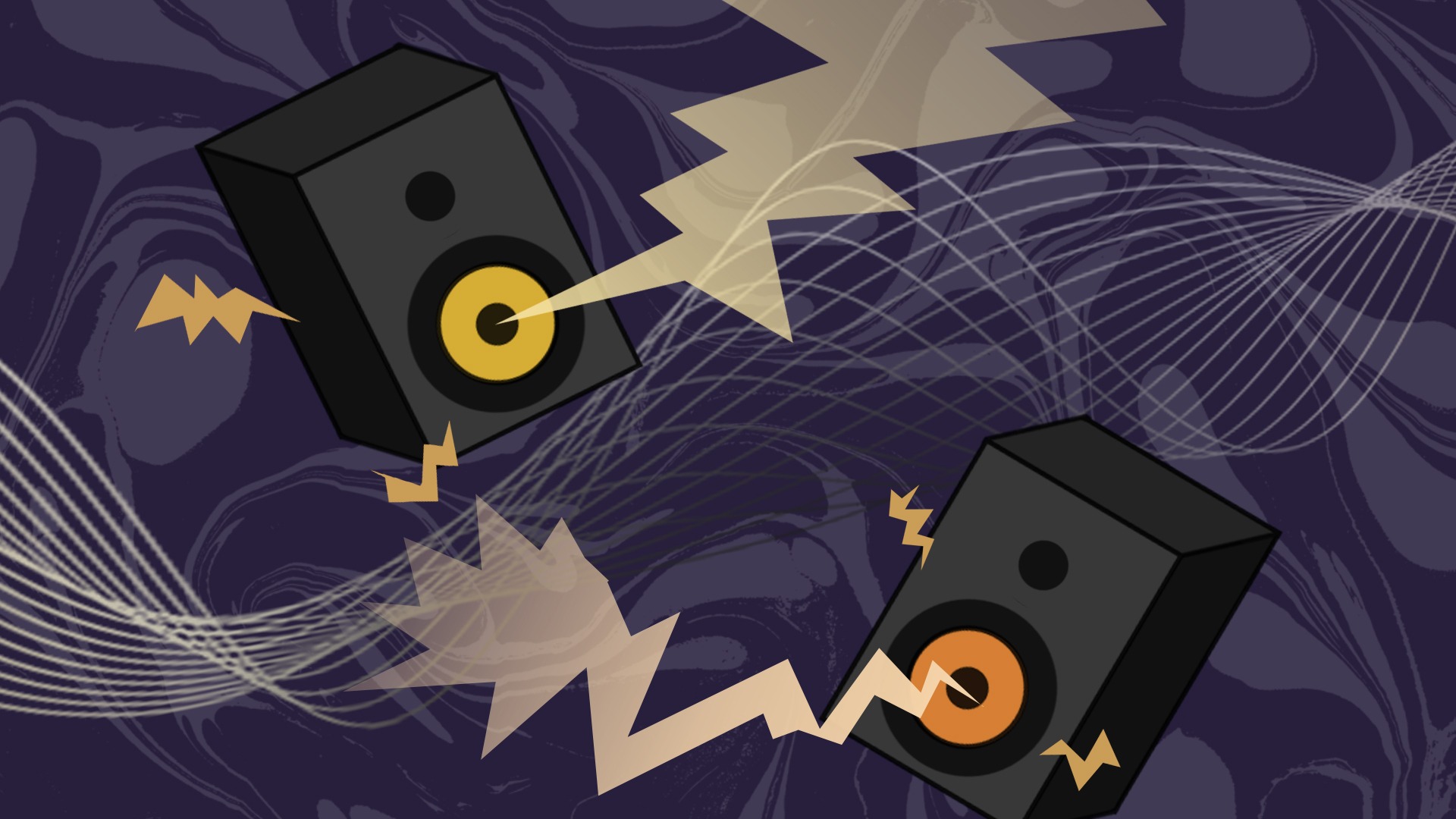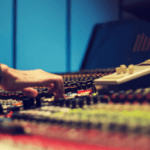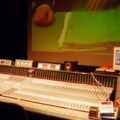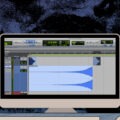Do you often find yourself replaying your mixes and find them flat compared to other radio-finished songs? If this sounds familiar, then your mixes may not be loud enough.
Regardless of whether your background is technical, musical or otherwise, loudness can greatly affect our perception of music due to psychoacoustic phenomena. Let’s take a look at why loudness matters and what you can do to make sure your mixes are loud enough.
Pleasure in Loudness
To begin, let’s analyze the perception of loudness and how volume can affect the perceived quality of music.
Loud noises spark excitement and adrenaline within the body and while this can be partly attributed to basic instinct, this reaction can be traced back to the pleasure centre of our brains. The Seductive (Yet Destructive) Appeal of Loud Music, published by Barry Blesser, Ph.D, goes into depth about the neurological response to loudness, and how doubling the volume of music can essentially double the pleasure response within the brain.
Dr. Blesser continues by describing an “aural space” in which one’s audible perception is determined by “every sound source and every aural event within the listener’s acoustic horizon”.
Put into layman’s terms, it is easy to lose yourself in your music if it is the only thing you can hear, like when you are listening to music loudly with headphones on. The music becomes the only audible source, drowning out the rest of your surroundings and intensifying your experience with it.
Loud music can create an environment that totally enraptures your hearing and stimulates the release of endorphins within the brain, hence why engineers, producers, and music creators alike focus so intensely on the concept of loudness.
The Loudness War
Let’s delve into the industry standards of loudness and the reasons for their existence. The psychological perception of loudness created the expectation in radio, TV, and movies that music should be louder in order to pull in more viewership. Cue The Loudness War.
The Loudness War was the pursuit of creating the most compressed track without distortion in order to monetize on the psychoacoustic phenomenon of loudness. BBC News wrote a brief article on the subject, comparing the original Michael Jackson’s original release of Thriller to its subsequent re-releases and the differences in volume standards. It is clear to see, *ahem*, hear the trend of competitively louder master tracks through the progression of later releases.
Building Industry Standards
The International Telecommunications Union goes into immense depth when calculating program loudness, but the takeaway is that there is a recommended level of loudness with a limit on the peaks being reached, and these levels differ between Spotify, iTunes, and SoundCloud.
While the PRSS recommends loudness levels of -20LUFS with peaks no higher than -3dBFS, Spotify for example, regulates their streams to be -14LUFS, and recommends peaks no higher than -2dBTP.
How to Strike a Balance
Musicians
In a musical context, the most important aspect is that the audio does not clip and go beyond 0dB within a DAW. Overly loud and compressed mixes will make it very difficult for a mastering engineer to meet industry standards.
What you can do as a musician: As a musician or musical creator, ensure you are not sending too much volume from your amp rack or clipping the microphone when recording. Be attentive of mic placement so you do not bump it, and listen carefully to the recording engineer’s instructions on amp/performing volume levels and dynamics. If you have a pedal board or effect, be sure to use it during sound check so that the engineer may help you adjust the volume of the pedal appropriately.
Mixing Engineers
The common practice for mixing engineers is to attain a relatively condensed dynamic range that also leaves enough headroom for the mastering engineer to bring the dynamic range into compliance with industry standards. These dynamic ranges can vary greatly depending on the type of medium and mastering engineer. Some may ask for -3dB peak of headroom while others may ask for -6dB.
What you can do as a mixing engineer: If you are sending your mixes to a mastering engineer, be sure to contact the master engineer beforehand to find out their desired volume level for the mixes. Techniques that can aid a mixing engineer in controlling dynamic range can include bussed compression, where a group of tracks is sent to a bus, such as a drum kit, and then compressed as a whole or volume automation. Volume automation is excellent for controlling dynamics across sections of music whereas compression and bussed compression can greatly aid in controlling specific instances of volume spikes and drops.
Mastering Engineers
Mastering engineers’ role comprises of bringing a mix to its recommended LU metering and peak metering requirements for any specific medium. In the example of Spotify, a mastering engineer would utilize techniques such as compression, EQ, and limiting to bring the track to the recommended -14LUFS with peaks no higher than -2dB.
What you can do as a mastering engineer: As a mastering engineer, your task in dynamic control can be the most important and influential element within the recording process. Not only must you consider the platform or medium you are mastering for – and its specific requirements – you must also consider frequency and its effect on loudness. It is important to verify where the master track is being placed and if there are specifications on loudness that need to be met. In most instances, programs will correct the volume range themselves. As a general rule, music tends to rest between -6dB to -0.1dB.
In terms of loudness and frequency, the human ear requires certain frequencies to be louder than others in order to be perceived as being at the same volume.
Low frequencies require more energy, or in other words, more volume in order to be perceived as loud as mid-ranged frequencies. This is important to consider when mastering, as bass frequencies will need a slight additional boost compared to mids when being played at lower volumes if they are to be perceived as being at the same volume. You need to strike a balance though, as too much bass frequency will use up speaker energy and muddy, or potentially distort, the mastered track.
High frequencies experience a similar phenomenon with loudness, however, high frequencies can become very shrill and unpleasant at high volumes and can potentially cause hearing damage if pushed too hard. A good tool for bypassing this phenomenon is multiband compressors, which are compressors that act within a specific frequency range. This piece of gear allows mastering engineers to control volume based on frequency range, eliminating many of the problems mentioned above. Mastering engineers should also be prepared to do a little bit of EQ to further aid the multiband compressors.
Lastly, a mastering engineer should also use a limiter to bolster the volume of an entire track. This is almost always the final step of the recording process, with the track being brought up to its most ideal loud-volume level before being sent out to the desired platforms.
—Final notes—
Music creators and sound engineers must be wary of their volume dynamics to be compliant with existing standards. This will allow you to get back on track to focus on the sonic quality of the work.
Illustration by Yihong Guo






















